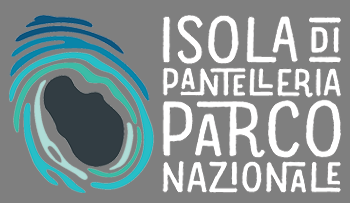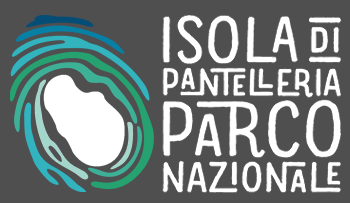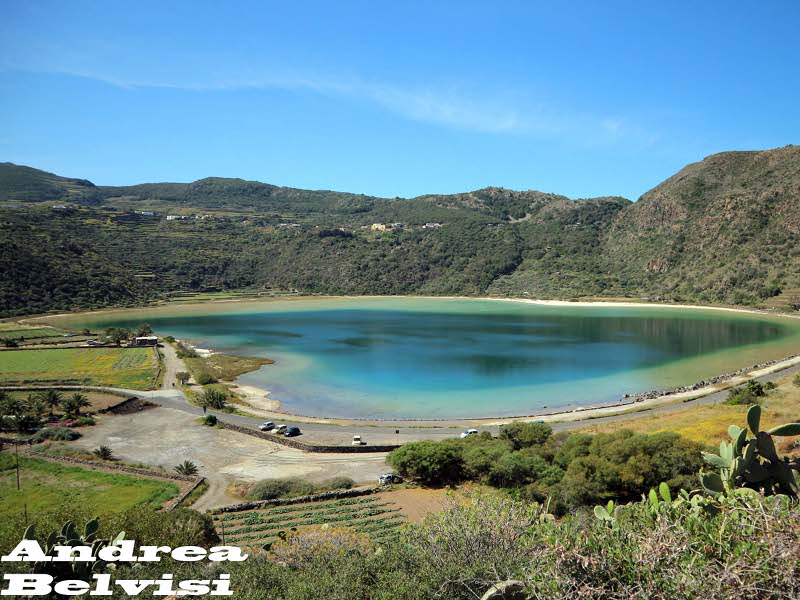- Producers of typical products
- Forum
- Environmental Education
- The Authorities
- Organization and Offices
- Council Notice Board
- Transparent Administration
- Reference Legislation
- Regulations in force
- The plan of the Park
- Consultation of deliberative acts
Home » Rural landscape
Archaeology in Pantelleria
One of the many wonders that has been neglected for too many centuries is the archaeological heritage of the island. The discovery of important sites dates back to the second half of the nineteenth century; but in the course of all these years, sporadic excavations have alternated with periods of total disinterest and forgetfulness. Only since 1996, following the financing of the EU POR 2000-2006 and under the direction of the Service for the archaeological heritage of the Superintendency for Cultural and Environmental Heritage of Trapani, several Italian and European universities have started a systemic and continuous study of Pantelleria archaeological heritage.
There are four main archaeological areas:
- the prehistoric village of Mursia
- the acropolis of San Marco
- the Punic-Roman sanctuary of the Venere lake
- the late Roman settlement of Scauri.
Beyond the extent of such a heritage, it is worth noting its peculiarity: the geographical position of the island makes Pantelleria a focal point in the trade routes and in the war events of the ancient Mediterranean civilizations; moreover, it is difficult to find another place in the world where everyone could walk peacefully among the remains of prehistoric cities still perfectly preserved.
Leaving aside the Acropolis of Cossyra, located in the northern part of the island and therefore outside the Park area, we will focus on the other areas, which bring to mind much more distant eras, as in the case of the village of Mursía (1900-1700 BC), located in the North-Western coast. Its exceptional state of preservation makes it possible to understand how the village was built: facing the sea, it was bordered by a mighty wall and inside by archaic dwellings, similar to huts; adjacent to the fortified village there is the necropolis, the city of the dead, with more than fifty sési, tombs built in stone in the shape of a dome. The ancient inhabitants lived on agriculture and pastoralism, they had many cultural affinities with the neighbouring people of North Africa, due to their intense commercial exchanges: the population based its development on the export of obsidian and ceramics imported from the Aegean and objects of Egyptian and south-eastern Mediterranean origin were found.
The archaeological site of Venere Lake, in the northern part of the island, includes a large sanctuary dating back to Roman times. The temple is in Ionic style, but its architectural structure presents Punic elements, given that it is based on a previous construction. It consists of a rectangular plan cell, where once there was a statue of the deity; of an area in front of the cell, where the sacrificial rites were performed and of a large staircase leading to the part in front of the temple. From the comparison with other sanctuaries of the time in the Mediterranean Sea, it is assumed that the sanctuary is dedicated to fertility and water, then to the Punic goddess Tanit and later to the Latin goddess Venus.
The last major archaeological site is the late Roman settlement of Scauri: this place was inhabited as early as the third century AD, but only in the fifth century it became one of the maximum productive and commercial centres of the Mediterranean Sea. In the seabed of the harbour a shipwreck was found with numerous ceramic objects, testifying to the strong productive and commercial activity of the ceramic, while on the coast an entire fishing village was brought to light, made of houses and roads clinging to the terrace of the place.
Other interesting archaeological sites are scattered around the island and represent tombs carved into the rock, irregularly or anthropoid shaped. They are associated with the Byzantine occupation of the island and could all be dated to a period from the 6th to the 9th century AD.
The largest of these burial grounds is in Contrada Zighidí and served the underlying village of Contrada Monastero. But the most striking are the tombs of Ghibbiúna, in the Serraglia area above Ghirlanda. The tombs are carved from the stones of a small promontory enclosed in a holm oak forest. A silent place, almost magical, in which to take a break discovering the scents carried by the wind.
© 2024 - Ente Parco Nazionale Isola di Pantelleria
Via San Nicola, 5 - 91017 Pantelleria (TP)
Tel +39 0923/569412 - Email: info@parconazionalepantelleria.it - protocollo@pec.parconazionalepantelleria.it
Codice fiscale: 93077090814





